The windshield wiper is a device we always see but never notice. It serves dutifully in trillion of vehicles around the world, cleaning windshields from rain and dirt, and keeping the passengers safe. In this first article in a new series about windscreen wipers, we take a look at the wiper’s early history. In the second part, we will have a look at the modern-day wipers. In the third part, we compare different kinds of windshield wiper blades and in the fourth part we will discuss various windscreen wiper configurations.
The early windshield wiper inventors
George J. Capewell
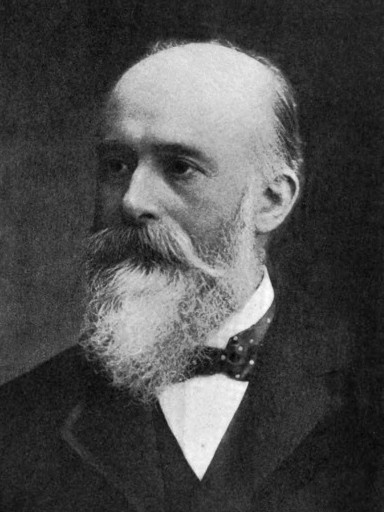
The windshield wiper was invented in the United States of America, but who exactly invented the device we know as a wiper today is hotly debated. The earliest known inventor of the windshield wiper is George J. Capewell, living in Hartford, Connecticut. In 1896 he filed for patent for a window cleaner for “cars, locomotives, and such land-vehicles”. The patent was granted in 1898.
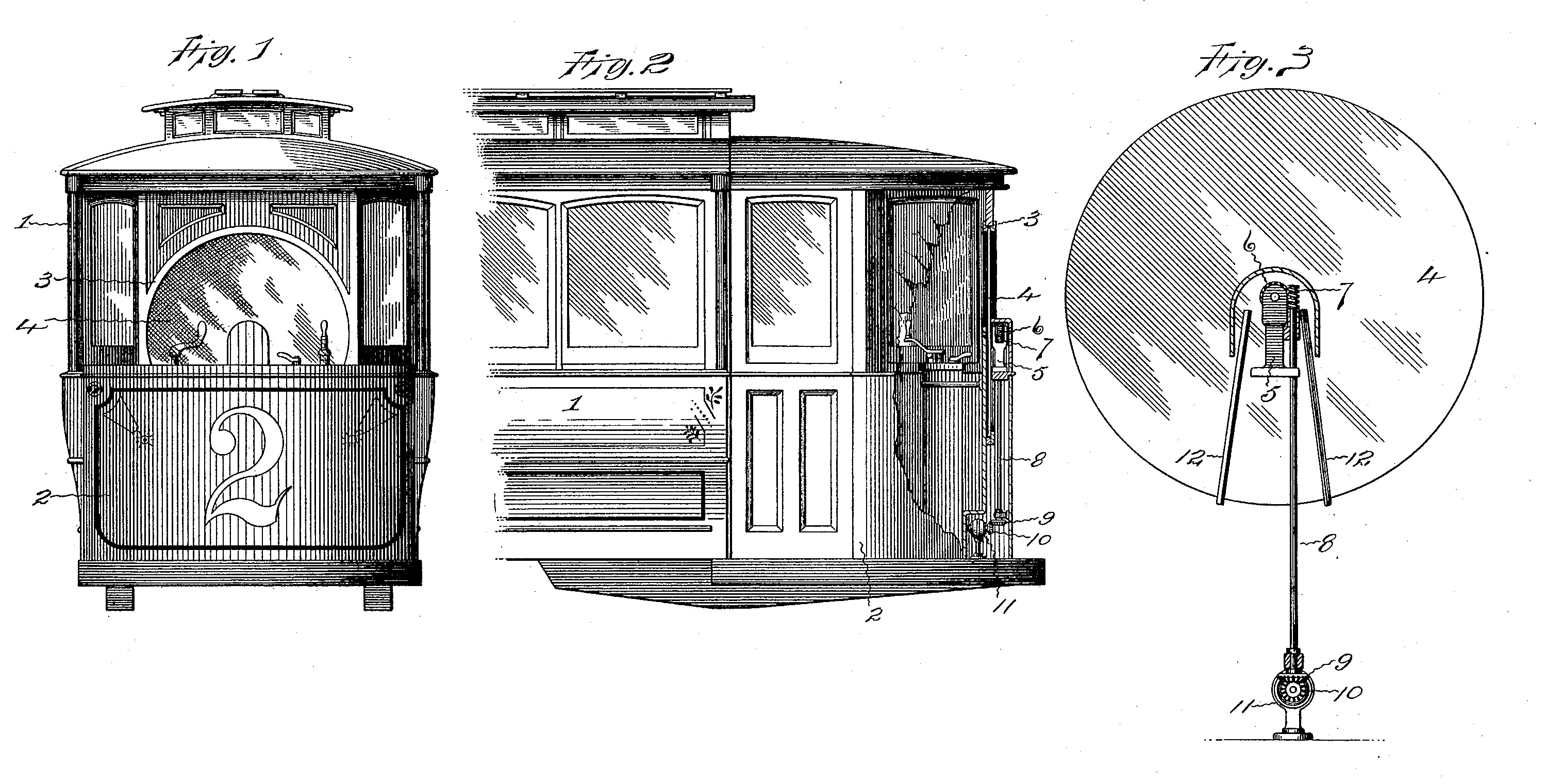
Capewell’s drawings show a windshield wiper with two blades, fitted on a tramcar. One blade operated clockwise and the other anti-clockwise. The device was able to wipe a semicircle, giving the operator of the tramcar a clear view of sight. De device was hidden behind the wood paneling at the front of the vehicle. It worked on electricity, and was connected to the electric circuit of the car. The patent noted that the device was mainly intended for “rapidly-moving vehicles”.
Robert A. Douglas
The second patent for a windshield wiper was filed in 1903 by Robert A. Douglas, resident of faraway Truro, a town in Nova Scotia, Canada. Patent for his “locomotive cab window cleaner” was granted in 1904. As the name implies, the device was intended for trains and tramcars, and developed for “removing frost, condensed moisture, or dirt”.
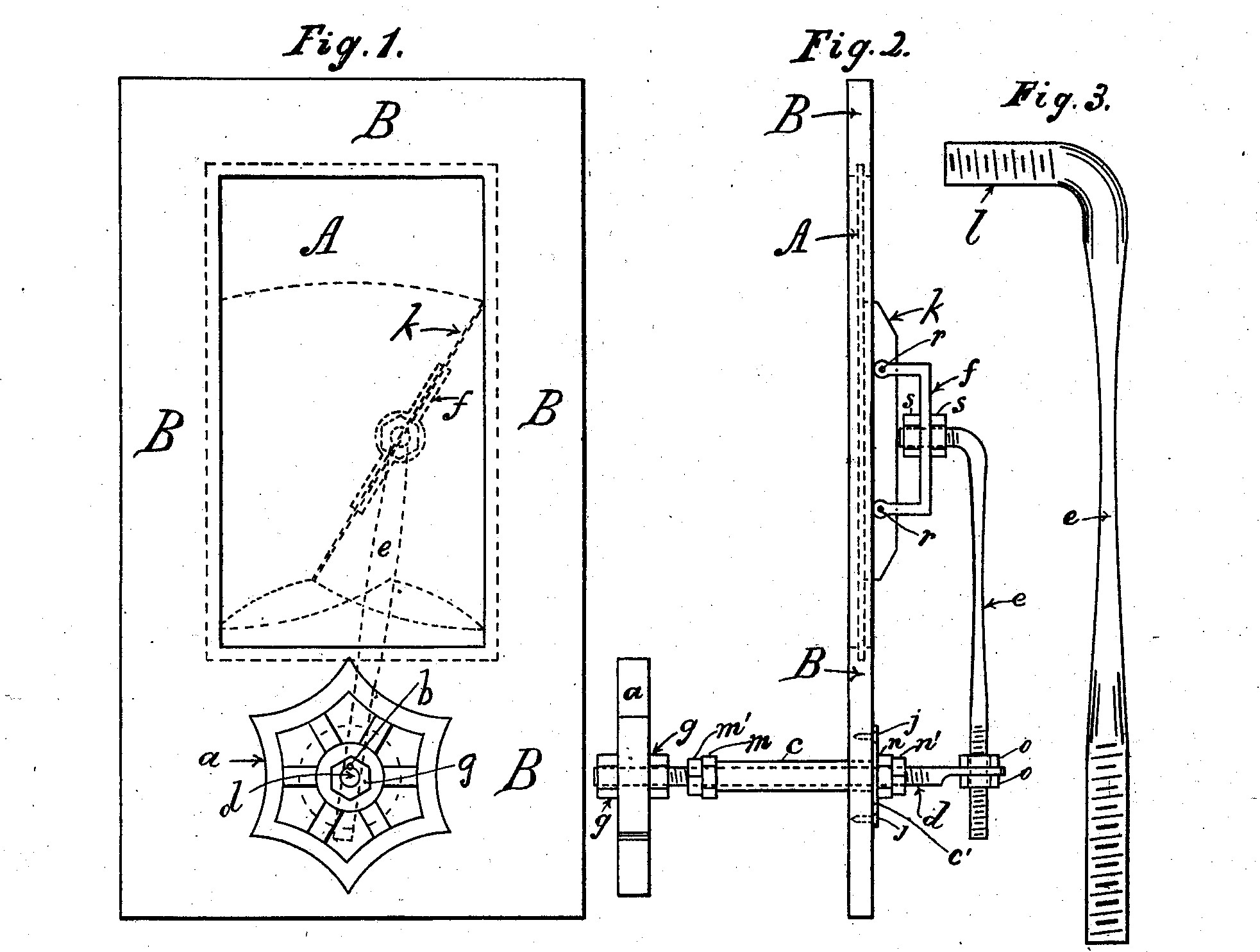
Douglas’ invention was way more advanced than Capewell’s. It worked with a single wiper fitted on a spindle. The ingenious device was adjustable in two ways: 1. Vertically, to regulate the pressure of the wiper on the window. This could be done by adjusting the bolts marked with ‘S’. 2. Horizontally, to higher or lower the wiper’s operational area. This could be done by adjusting the bolts marked by ‘o’. The spindle would normally be hidden behind a front panel, which had to be removed to adjust the wiper’s settings.
Mary Anderson
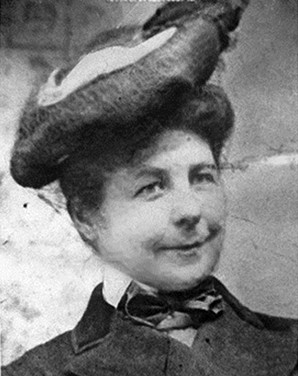
The third patent was filed in 1903 as well, just three months after Douglas filed his patent. This third patent is generally considered to be the mother of the modern windshield wiper. It was invented by Mary Anderson, an American inventor and rancher living in Greene County, Alabama.
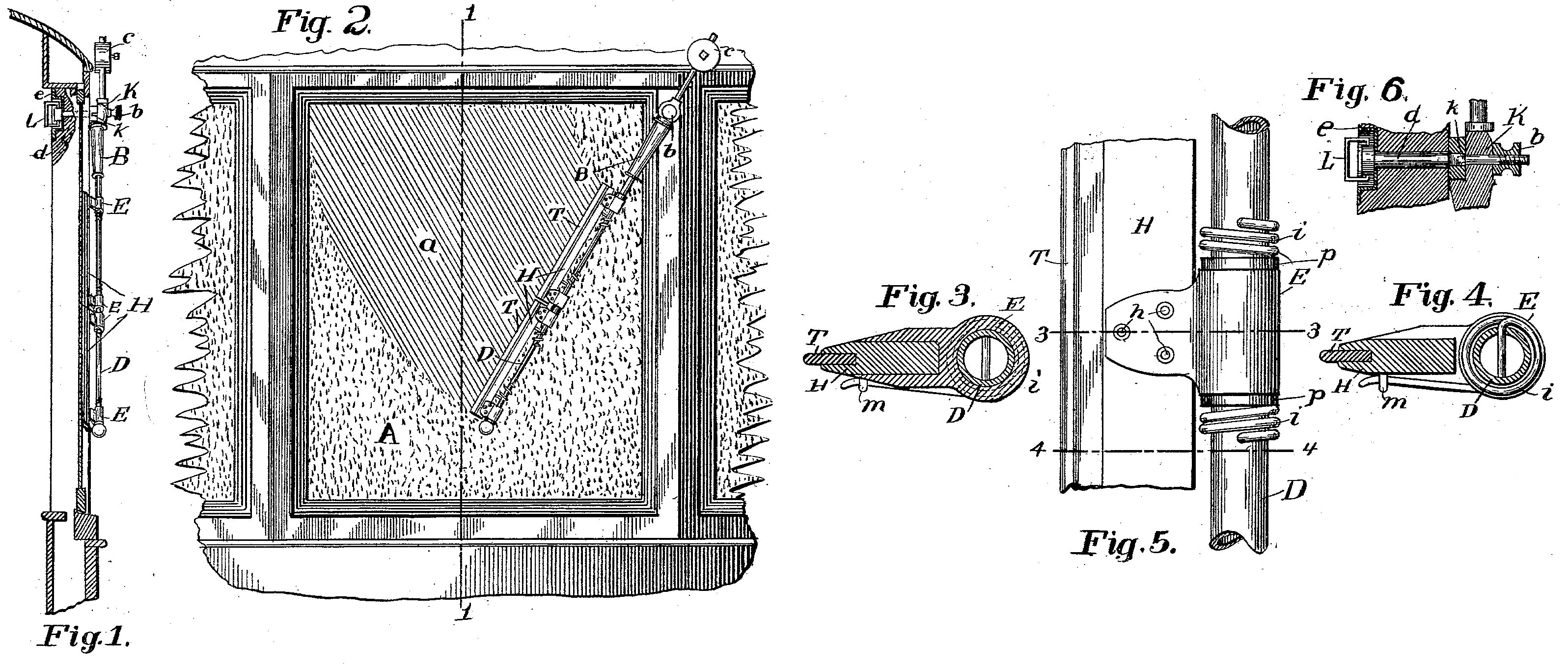
The device was primarily intended for usage in a trolley car. It was hand-operated with by a lever from the inside of the carriage. The lever controlled a single wiper hinged at the top of the wind shield. The wiper arm could be extended or shortened, depending on which area of the windshield needed to be cleaned. The wiper was fitted with a simple counter-weight at the end. This weight pushed the wiper against the glass, making complicated mechanisms as in Robert A. Douglas’ wiper unnecessary. The relative simpleness of Anderson’s device made it a clear winner among the early windshield wiper inventions. What’s more, Miss Anderson wasn’t just an inventor; she was also a entrepreneur, and she had a small series of her wiper produced.
John W. Jepson
The final early inventor was John W. Jepson, a relatively unknown figure living in Buffalo, New York. He applied for patent in 1916 for a “wind-shield cleaner”. His patent was granted the same year. It was the first wiper especially developed for usage on cars, as the application said: “This invention relates to wind shield cleaners, or devices which are used for wiping rain water, snow and the like from the glass windshields of automobiles.” At the time, an automobile windshield was usually divided into two horizontal sections, one top and one bottom, and the top one was usually adjustable. The challenge was to develop a wiper that could clean both of these glass areas. Jepson’s invention was rather complicated:
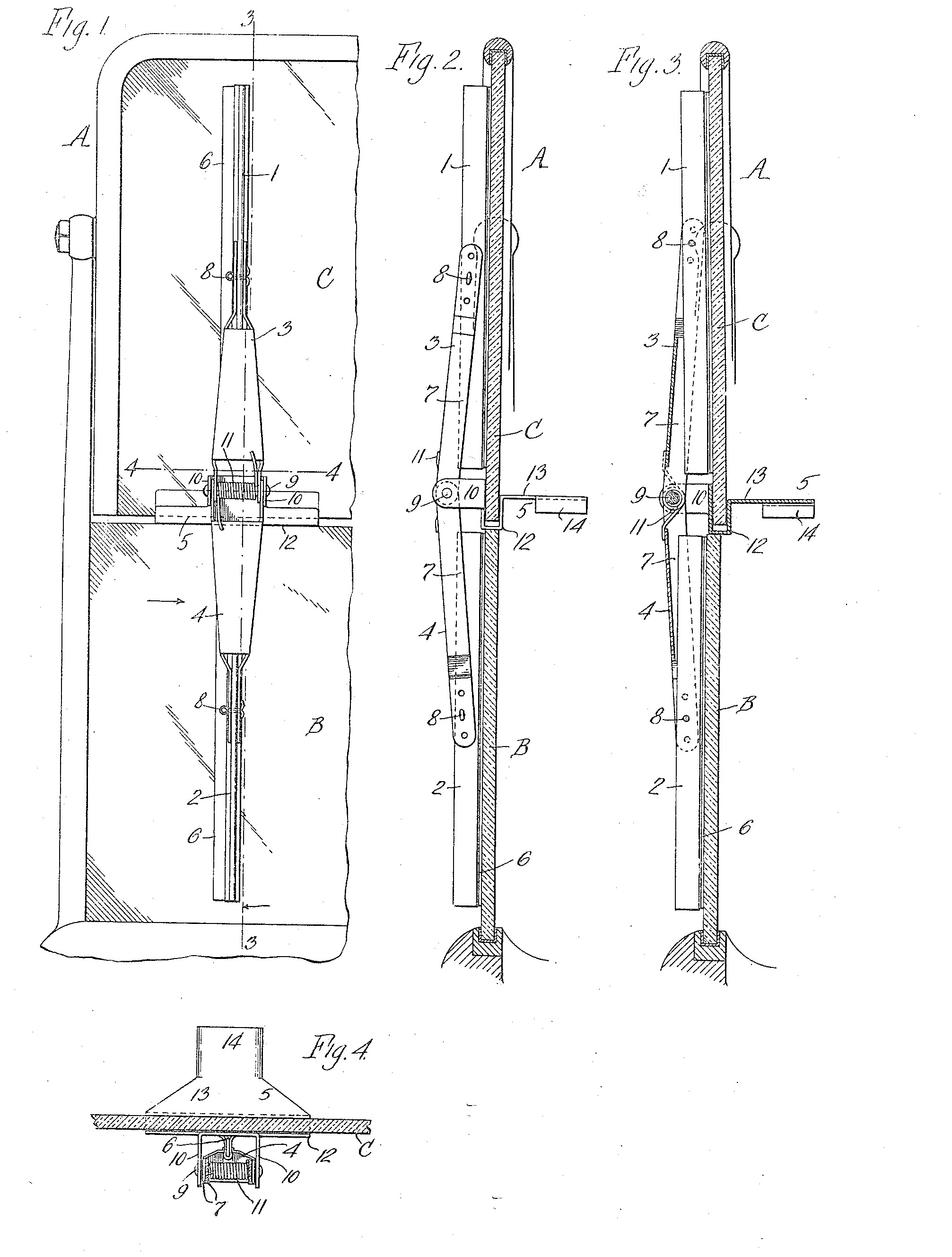
Figure 1 shows a part of a windshield seen from the front. C is the top section and B is the bottom section. The windshield control device is located in the middle between the two sections (4 and figure 4). The manual device controls two wipers, one going up and one going down (figure 2 and 3). By moving the controller left or right, both window sections could be wiped clean. Jepson started production of his device in 1917. In that same year, fellow townsman and businessman John R. Oishei founded the Tri-Continental Corporation. Jepson and Oishei came to an agreement where Tri-Continental got the right to the sales of Jepson’s wiper. In 1919, Oishei bought out Jepson completely and renamed his company to Trico, which eventually became one of the largest windshield wiper manufacturer in the world.
More on the modern history of the windshield wiper in the next part of this series.